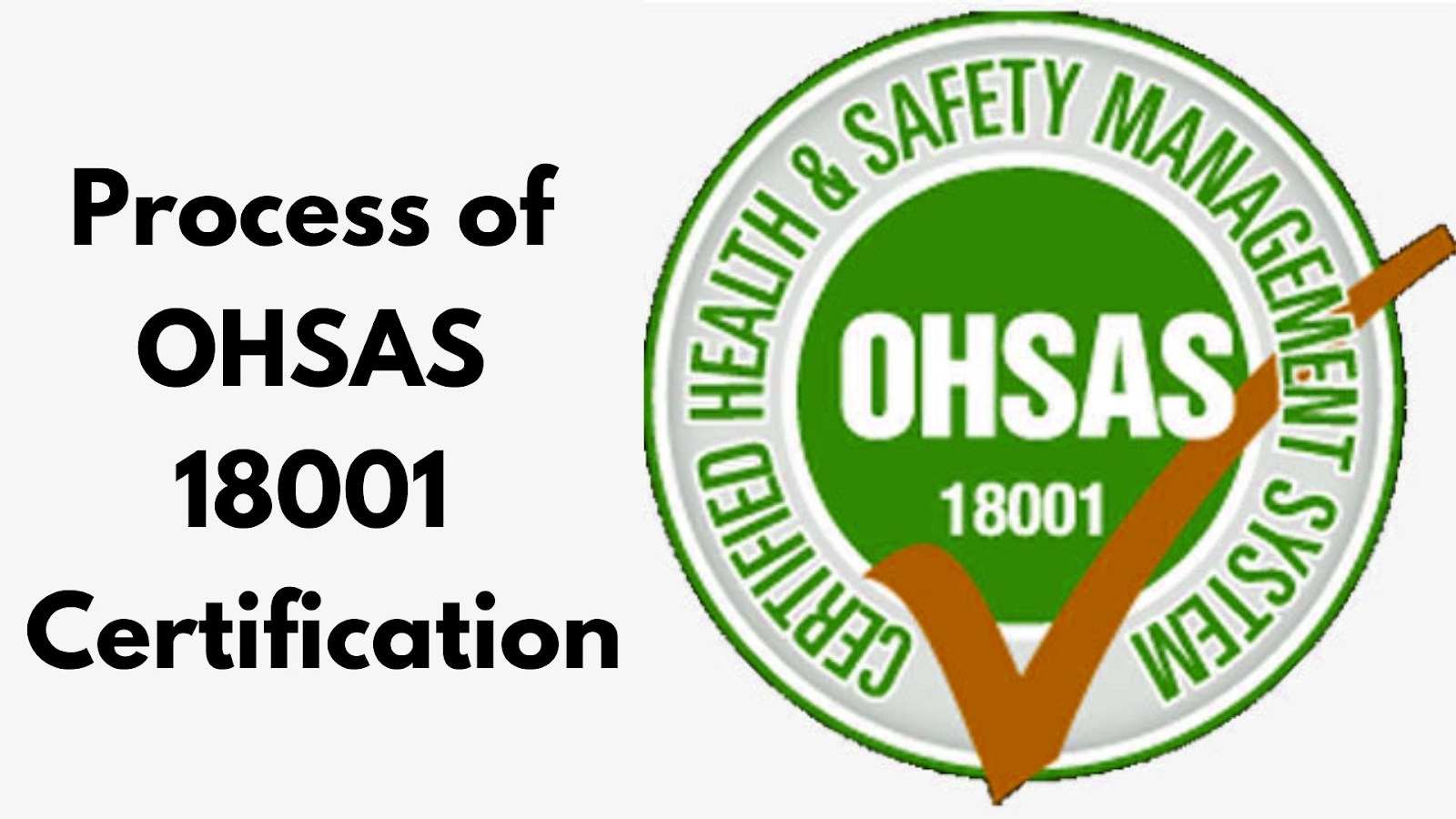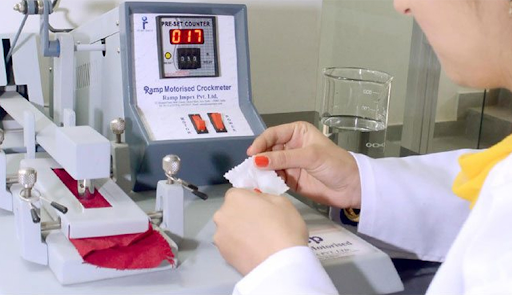
Looking for a way to keep your employees safe and your business compliant? Look no further than OHSAS 18001 Certification! Learn more about this essential standard now. Boost your safety measures and stay ahead of the competition with OHSAS 18001.
History of OHSAS 18001
The OHSAS 18001 standard was first published in 1999 by the British Standards Institution (BSI) in collaboration with various stakeholders, including national standards bodies, industry associations, and occupational health and safety experts. It was revised in 2007 and again in 2018. The latest version of the standard is known as ISO 45001:2018, which replaced OHSAS 18001 in March 2021.
What is OHSAS 18001?
OHSAS 18001 is a widely recognized standard for Occupational Health and Safety Management Systems (OHSMS) that provides organizations with a framework to manage and improve their health and safety performance. The standard was developed by the Occupational Health and Safety Assessment Series (OHSAS) Project Group and is now known as ISO 45001:2018.
The aim of OHSAS 18001 is to help organizations identify and control their health and safety risks, reduce the potential for accidents and injuries, and improve their overall health and safety performance. The standard is applicable to all types and sizes of organizations, regardless of their industry or sector.
Certification Process
The certification process for OHSAS 18001 involves several steps, including developing and implementing an occupational health and safety management system, conducting an internal audit, and unde樂威壯
rgoing a certification audit by an accredited certification body. Once certified, businesses must maintain and continually improve their management system to remain certified.

How OHSAS 18001 Can Improve Workplace Safety
Implementing OHSAS 18001 can improve workplace safety by identifying and assessing health and safety risks, implementing control measures to eliminate or reduce risks, and continually monitoring and reviewing the effectiveness of the management system. By improving workplace safety, businesses can reduce the risk of accidents and incidents, protect the well-being of employees, and improve overall productivity.

Benefits of Implementing OHSAS 18001
Implementing OHSAS 18001 can bring several benefits to an organization, including:
- Improved occupational health and safety performance
- Reduction in accidents, injuries, and illnesses
- Enhanced reputation and credibility
- Increased employee motivation and engagement
- Better compliance with legal and other requirements
- Reduced insurance premiums and other costs
- Improved productivity and efficiency
Challenges of Implementing OHSAS 18001
Implementing OHSAS 18001 can be challenging for businesses, including the cost of implementation, the need for employee involvement and training, and the need for continual improvement of the management system. Overcoming these challenges requires commitment and dedication from the business and its employees.
Tools for Implementing OHSAS 18001
Several tools can assist businesses in implementing OHSAS 18001, including training and education resources, software solutions, and external consultants. These tools can help businesses develop and implement effective occupational health and safety management systems and achieve certification.

The OHSAS 18001 standard consists of four main sections:
Occupational Health and Safety Policy:
This section requires organizations to develop and implement a health and safety policy that is appropriate to the nature and scale of their operations. The policy must include a commitment to continual improvement, compliance with relevant legislation and regulations, and the prevention of work-related injuries and illnesses.
Planning:
This section requires organizations to identify and assess their health and safety risks, establish objectives and targets, and develop a plan to achieve them. The plan must also include provisions for emergency preparedness and response.
Implementation and Operation:
This section requires organizations to implement their health and safety management system, including the establishment of roles and responsibilities, training and awareness programs, and communication processes.
Performance Evaluation and Improvement:
This section requires organizations to monitor and measure their health and safety performance, conduct internal audits, and take corrective actions as necessary. It also requires the organization to conduct regular management reviews to ensure that their health and safety management system is effective and continually improving.
Benefits of OHSAS 18001 Certification:
OHSAS 18001 certification helps organizations to identify and control their health and safety risks, reducing the potential for accidents and injuries in the workplace.
Compliance with Regulations:
OHSAS 18001 certification demonstrates an organization’s commitment to complying with relevant legislation and regulations, reducing the risk of legal and financial penalties.
Competitive Advantage:
OHSAS 18001 certification can provide a competitive advantage by demonstrating an organization’s commitment to health and safety to customers, suppliers, and other stakeholders.

Improved Reputation:
OHSAS 18001 certification can help to improve an organization’s reputation by demonstrating its commitment to health and safety to employees, customers, and other stakeholders.
Conclusion
In conclusion, OHSAS 18001 is a comprehensive standard that provides a framework for organizations to manage and improve their health and safety performance. By implementing the standard, organizations can reduce the potential for accidents and injuries, comply with relevant legislation and regulations, and demonstrate their commitment to health and safety to stakeholders.




